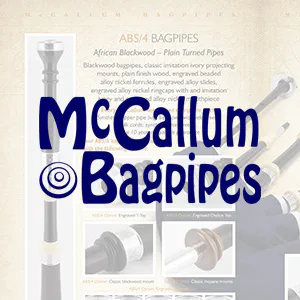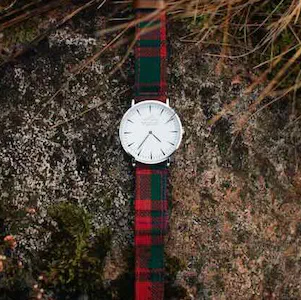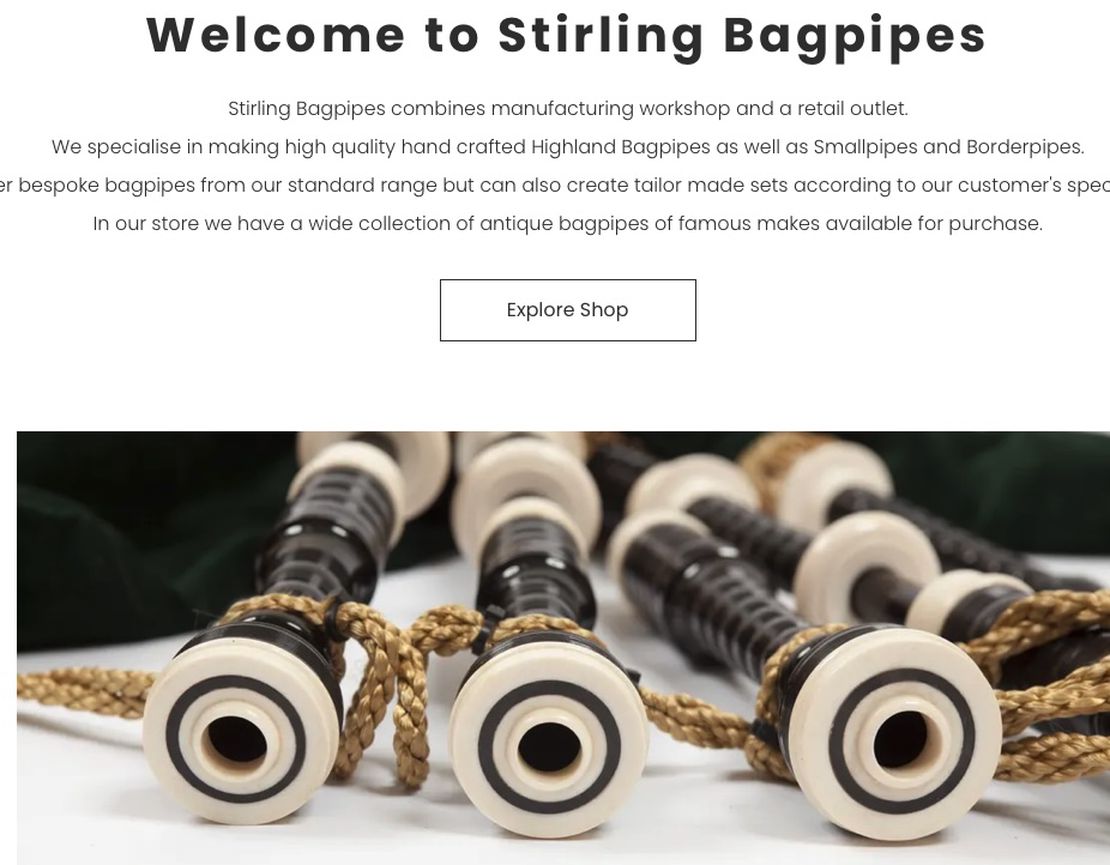begg bagpipes
As someone who has spent well over 30 years years making and selling pipe bags to the worlds top solo pipers and pipe bands I am often asked my opinion on piping products in general and in particular pipe bags. So as there seems to be a lot of mystery about it I thought I would try to explain a little bit about pipe bags firstly. As time goes on other subjects of piping interest can be tackled.
In many bagpipes through out the world the bag used is traditionally the leather bag – perhaps sheepskin, cow hide, goat, possibly elk, or dog. The bag is made using the whole skin of the sheep or goat or part of the cow skin as it is a lot bigger with the head forefeet and hind quarters removed. In the Mediterranean area the skins are tied to create the bag but the highland bagpipe is cut from a pattern and sown by hand.
We have today synthetic materials being used as pipe bags – Gortex, woven nylon with zippers or clamps and various other combinations but essentially all similar. Most of the synthetic bags seem to do the job of holding the air and dispersing moisture from the breath but only to a moderate degree. Some pipers will find these bags to their satisfaction.
I would suggest that greater success would be achieved with the leather bag either sheepskin or hide. The main advantage that attracts pipers is the apparent lack of maintenance, which the synthetic bags proclaim. This is certainly true for gortex and suits the very occasional player but it has other problems such as being floppy and also moisture retentive.
We should consider that a pipe bag also acts as your sound box and it is crucial to the final tone that you will get from your bagpipe. It is fundamental to have the correct bag on as the wrong one will not give the comfort or tonal platform to work from i.e. if its not right your bagpipe pipe will be very erratic and unstable.
Location
Map Marker is an approximate locationTags :
shop
About
begg bagpipes
- glasgow, glasgow, scotland
- 2324
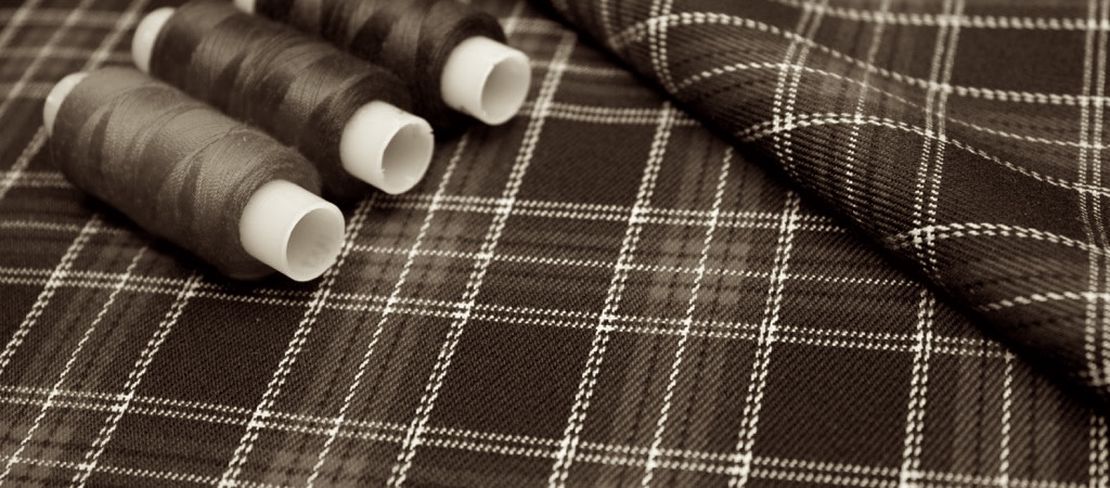

 ← bob driscoll
← bob driscoll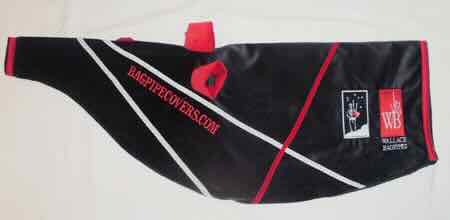 bagpipe covers →
bagpipe covers →





